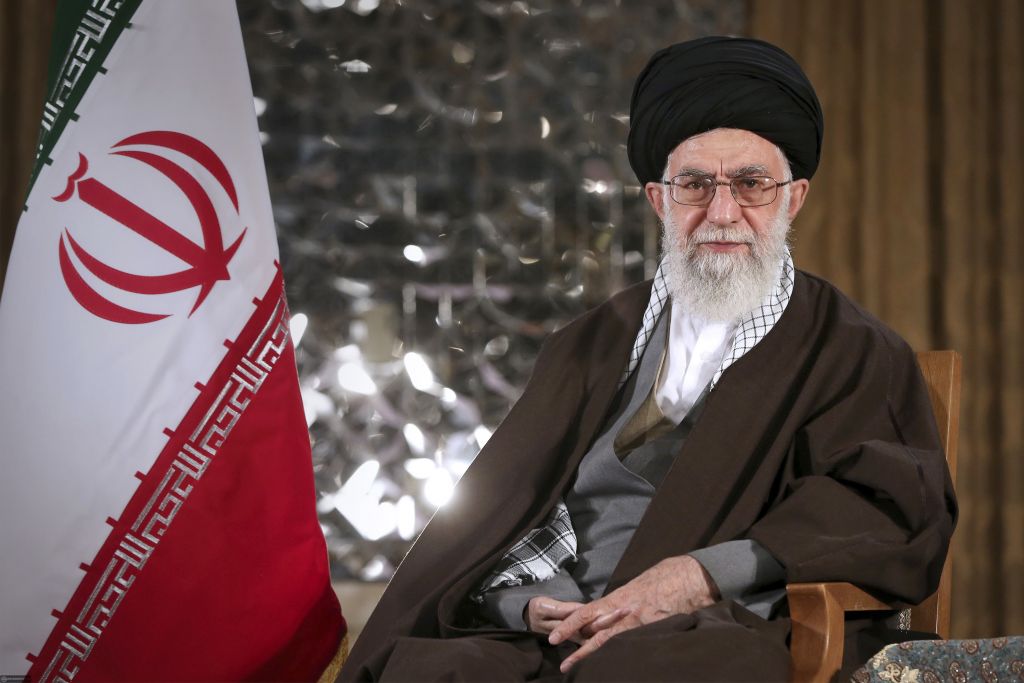
Iran’s Supreme Leader Ali Khamenei has replaced key figures in positions of power to ensure that a transition of power to his loyalists takes place smoothly amidst rising tensions with President Hassan Rouhani on how best to deal with the United States. In May 2018, the United States pulled out of the Iran nuclear deal, a move that led to the conservatives sharply criticising Rouhani inside Iran for signing the deal in the first place back in 2015.
By January 2019, a staunch Khamenei ally Ayatollah Sadegh Larijani had become head of Iran’s Expediency Council, the body responsible for overseeing state policies and resolving political disputes among state institutions such as the parliament, and the Guardian Council that supervises national elections and parliamentary legislation.
In addition, Larijani is Chief Justice of Iran and the man responsible for the prosecution of Iranian labor protestors and political prisoners. He has promised heavy punishments against groups and individuals who undermine the state and the clerical establishment. His brother Ali Larijani, the Speakers of the Parliament of Iran since 2008, is considered a key potential candidate in Iran’s next presidential race that is scheduled to take place in 2021.
Among Khamenei’s staunch supporters are other top religious figures in Iran. In March 2018, the 92-year-old former Friday prayer leader in Tehran and a critic of Iran’s nuclear deal Ahmad Jannati was re-elected to chair the Assembly of Experts that is in charge of appointing the next supreme leader in the event of Khamenei’s death.
Meanwhile, the leader’s son Mojtaba Khamenei, a contender for the position of Supreme Leader, is quietly taking on a more public role after completing his seminary religious education in the city of Qom. Mojtaba is a controversial figure who was rumored to operate vast financial networks for his father. He supported the crackdown against Iranian protesters during the popular uprisings under the banner of the Green Movement in June 2009. The remaking of his image into a pious religious figure since then, and his recent trip to Iraq may speak of his future political ambitions.
The Supreme Leader has used the Friday prayer imams’ network in Iran to advance his conservative political agenda for the country and sideline President Rouhani. Ayatollah Ahmad Alamhoda, Iran’s most powerful prayer leader from the religiously conservative city of Mashad, was known to rally crowds against President Rouhani to condemn the nuclear deal in late December 2017. The rallies backfired and led to massive anti-government protests across the country.
Mohammad Javad Haj Ali Akbari, Khamenei’s former student, now heads the Policy-Making Council of Friday Prayers. He replaced Reza Taghavi, while Mohsen Mojtahed Shabestari who led the Friday prayers in the city of Tabriz for twenty-two years was replaced by the popular but loyal Mohammad Ali Al-e-Hashem. Meanwhile, Mohammad Hassan AbuTorabi Fard, a former deputy of parliament and a conservative hardline figure, became Tehran’s Friday prayer imam for a short period until the appointment of Khamenei’s young ally Haj Ali Akbari in late 2018. The Supreme Leader also retained hardline figures for the Friday prayers such as Ahmad Khatami.
Since most of Khamenei’s allies are vocal critics of Iran’s nuclear deal, and have repeatedly warned Iran’s government of the dangers of negotiating with the United States, it appears that Iran’s next generation of leaders backed by its Supreme Leader will remain loyal to the revolution’s goal of opposing the United States.
